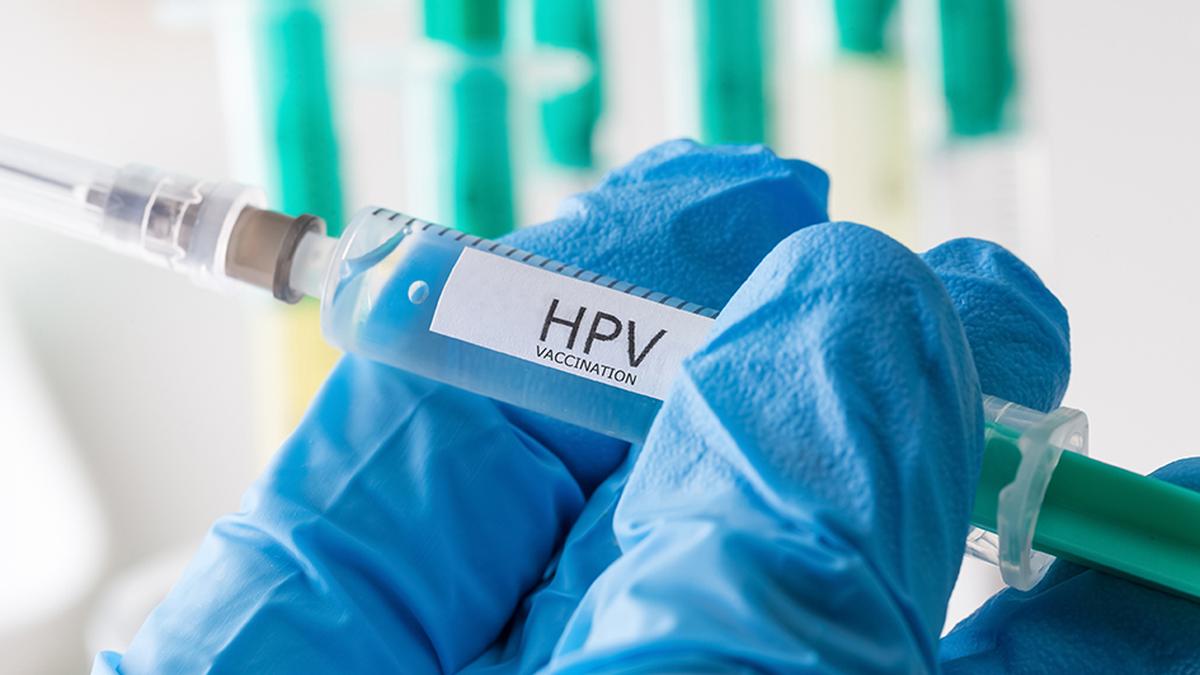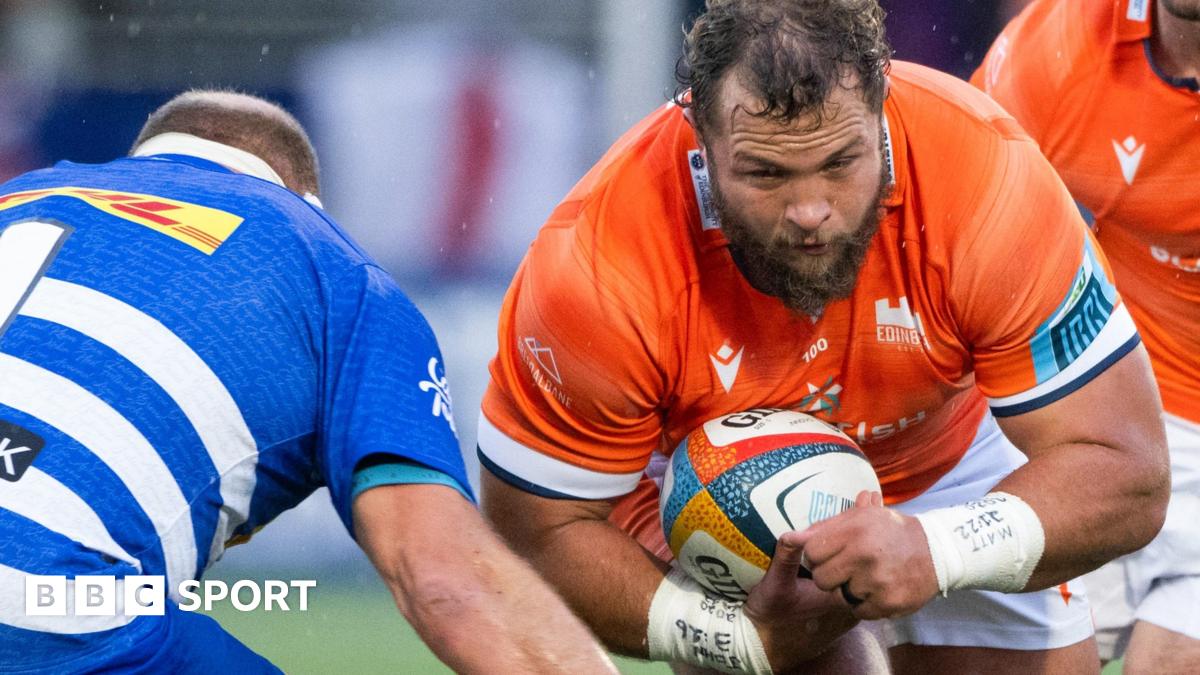A population-based observational study from 1988 to 2016 in Scotland has found zero cervical cancer cases in women who were fully vaccinated with a HPV vaccine when they were 12-13 years of age. The HPV immunisation programme began in Scotland in 2008. Women who were vaccinated with three doses of a bivalent HPV vaccine at 14 to 22 years of age as part of a catch-up programme (2008-2011) had a significant reduction — (3.2 cases per 100 000 population) — in cervical cancer incidence compared with unvaccinated women.
The study published in the Journal of the National Cancer Institute found that routine immunisation with a bivalent HPV vaccine when girls are 12 to 13 years of age is highly effective in preventing invasive cervical cancer. In the case of teenagers aged 14 to 18 years, HPV vaccination with three doses led to significant reduction in the incidence of invasive cancer. “This study showed a greater risk reduction than predicted for girls vaccinated at age 12 or 13 years because no cases of invasive cancer have yet been diagnosed in this age group,” the authors write.

While HPV 16 and HPV 18 are responsible for about 70% of cervical cancers worldwide, there are several other HPV types that can cause cervical cancer. Despite the bivalent vaccine protecting against HPV 16 and 18, a small number of cancers related to other HPV types can arise especially when vaccine-directed HPV types are eliminated. This is the reason why despite being vaccinated, all women still need to undergo screening for cervical cancer, albeit at a reduced frequency, given their lower risk of malignancy. That HPV vaccination is the best solution given the poor uptake of screening for cervical cancer in India is therefore plainly wrong. Even when the HPV vaccine is included into India’s universal immunisation programme, screening should be ramped up and vaccinated women should be encouraged to get screened at regular intervals.
“The bivalent vaccine generates significant cross-protection against HPV-31, HPV-33, and HPV-45 in addition to the target types HPV-16 and HPV-18. Its spectrum of activity is broader than the quadrivalent vaccine but not as wide as the nonavalent (nine valent) vaccine. For Scotland, the vaccine confers protection against approximately 85% of HPV-positive invasive cervical cancers,” the authors write. “Early indications of the potential of the remaining HPV types to cause significant disease will come first from monitoring disease rates in screened populations and studies investigating the HPV spectrum in high-grade CIN [precancerous condition]. Women therefore need to be encouraged to attend for cervical screening.”
As per the study, cervical cancer incidence in Scotland showed a positive association with deprivation. While the most deprived individuals had an incidence of 10.1 per 1,00,000 people, incidence among the least deprived individuals was 3.9 per 1,00,000 people.

One of the reasons for reduced effectiveness of HPV vaccine in preventing cervical cancer is that HPV immunisation should be before girls become sexually active. HPV vaccine trials had shown poor or no protection against precancer among older women. The HPV vaccine did not show any effectiveness in Denmark when women aged 20 years or older were vaccinated. Vaccine effectiveness was reduced when teenagers were vaccinated at the age of 16 to 18 years. Even in the case of Scotland, unlike zero cancer cases in women who were vaccinated when they were aged 12-13 years, cervical cancer incidence showed significant reduction when women were immunised between 14 and 18 years of age but cancer incidence was not zero.
Published – November 23, 2024 09:10 pm IST










